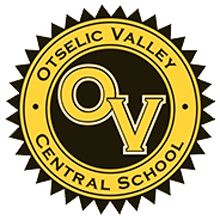Vikings know to look for something new when they step around the corner into the intermediate grades hallway each day. Once there was a toucan, big beak and all. Another time it was a jaguar. On other days Vikings found a racoon, gray wolf, lion, giraffe, black bear, elephant, penguin, bobcat, bald eagle, and more. What could be next? Well, that’s up to third grade researchers. As part of their big animal research project, students in Mr. Gross’s class each chose an animal, then completed a project using reading, critical thinking, writing, and a presentation. Thanks to the students' growing research communication skills, the whole school can see what they've learned.Every day a new animal project is featured on an easel outside the classroom, and the hallway presentation is an eye-opener. In addition to students' writing, we also find awesome highlights – for example, did you know that a gray wolf bite has a whopping 500 pounds of force? (We didn’t either.)The daily project reveal also includes student artwork at the top of each presentation. You can't miss the animal faces -- big ones. Clearly students have been looking carefully at the animal photos they find in their research, and they’ve worked hard to recreate them.The whole school has an opportunity to learn alongside students, as well. All are invited to stop and complete a short feedback questionnaire found in the workstation section of the presentation, near a clipboard, clean pens, and even copies of the 3rd grade Science Learning Standards and a rubric* for this project. Our favorite part is discovering how third graders know what they know. Using books, media, and credible online sources to complete their research, each 3rd grader created and posted a “Works Cited” page, just like real scientists. If you want to learn more about any of these animals, you now know where to go.Thanks for sharing, Vikings! Special thanks to all who stopped to give student feedback!*A rubric is a set of guidelines for consistent application of learning expectations and objectives. In other words, what should all students have learned, and learned to do, once their project is completed?

Third grade animal research projects
March 24, 2022
